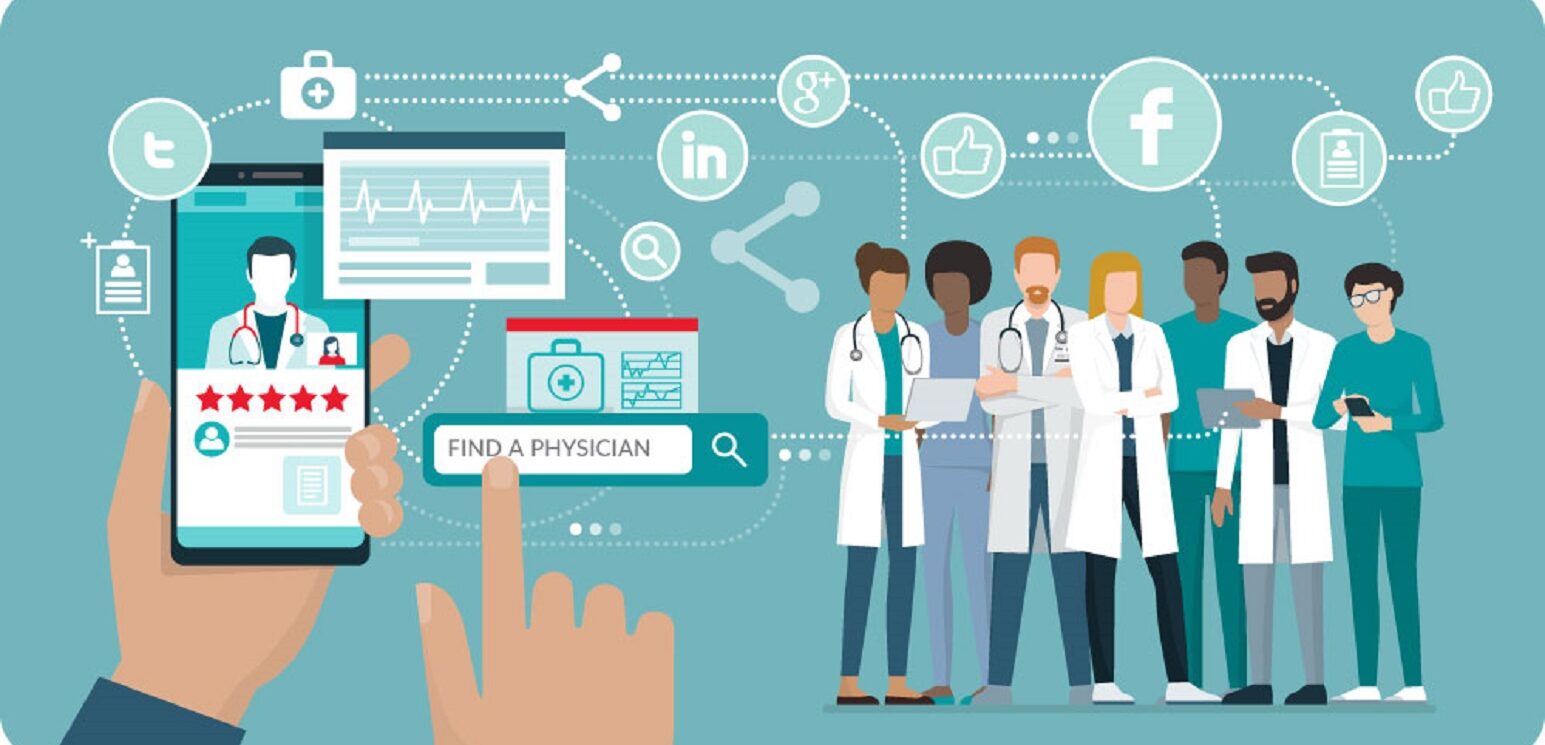Recently, I came across some exceptional articles exploring the intersection of social media and health care. I learned much about how patients use social media to support self-management. I also learned about how health care professionals use social media to engage patients and improve their health outcomes.
Virtual health care has become increasingly important for patients seeking health care services online during the pandemic. Virtual health care could become the new normal in our post-pandemic world. Similarly, social media has gained its own popularity in the health care domain. This is called social media-enabled health care.
Social media-enabled health care has facilitated an information technology (IT)-based approach to improve health care services. This approach empowers patients to interact with one another and acquire support for self-management. For example, there are patients who use social media, such as online health groups on Facebook, to connect with others who have similar health issues. This connection helps patients support each other by providing suggestions and recommendations related to health care.
In addition, health care professionals (e.g., clinicians) use social media to share their health-related information and knowledge and answer patients’ health-related questions. Health care professionals also find health social media-based discussion forums useful for educating patients. These uses demonstrate the importance of social media-enabled health care in improving people’s well-being. To elaborate on this new phenomenon, I would like to illustrate two important features of social media that make this happen.
Social Media Affordances
Social media affordance refers to the mutuality of user intentions and technology capabilities that makes a particular action possible. It arises when users perceive how they can use technical features of social media to support their goals through action. In the health care domain, social media affordances enable patients to collaborate on producing knowledge about a specific disease, addressing health conditions, generating potential solutions, and referring others to treatments. These actions can support users’ goals of improving self-management and health outcomes. I would like to summarize three primary social media affordances.
The first is community co-creation affordance. This makes it possible for patients to co-create values with others to produce health-related information and knowledge. It typically illustrates the way patients contribute their knowledge through ongoing conversations in social media-based communities or groups.
The second is social learning affordance. This makes it possible for patients to interact with and learn from each other. For example, someone may choose to discuss how they cope with health problems or how they overcame a disease. Others can observe and learn from the experience. This learning process can then be modeled in their self-care.
The third is social relationship affordance.This makes it possible for patients to form social relationships with others. It can be facilitated when patients engage in bidirectional communications in social media-based health care communities. With this, patients may have more resources when they need suggestions for self-management.
Social Support
Social support is the other important aspect that contributes to the success of social media-enabled health care. It refers to the psychological and material resources provided in social media to support one another’s self-management. In my opinion, social support can be facilitated at the core of user-generated content, which is accessible to patients and meets their social needs. I would like to summarize social support into two primary forms. These forms are determined by the content of the information being shared.
The first form is informational support. It refers to the provision of knowledge, such as disease knowledge, medical or treatment regimen, and health care-related advice and referrals, in user-generated content. Both health care professionals and patients can provide social support. For example, clinicians may use social media to educate patients by sharing concierge practice-oriented health care knowledge. Patients may share their reviews about health products and doctors on social media, thus facilitating informational support.
The second form is emotional support. Emotional support refers to the expression of emotions, such as care, understanding, respect, and trust, in user-generated content. Social media makes it easy for one to reach out to the right person and communicate their true feelings to improve emotional health. Social media also makes it easy for one to develop one’s confidence in self-management by communicating with clinicians. Additionally, social media can provide an alternative channel for one to receive care and concern from their family members and friends.
Conclusion
I believe social media-enabled health care can serve as an efficient and low-cost approach for patients to improve self-care. Both social media affordances and social support contribute to the popularity of social media-enabled health care. This IT-based approach has become even more important in the era of the pandemic; more patients are seeking virtual care. Thus, in my view, social media-enabled health care is likely to become a new normal in the post-pandemic period.
Dr. Xiaolin Lin
Assistant & Gensler Professor of Computer Information Systems


